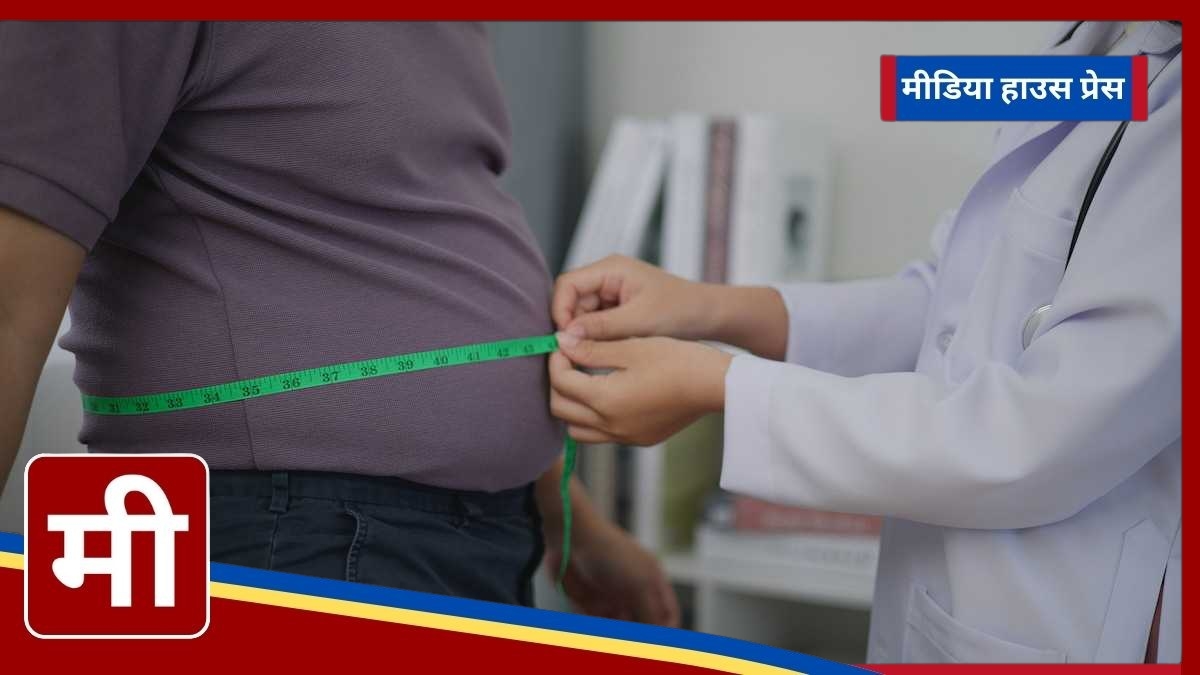Obesity is known to be a precursor for various non-communicable diseases (NCDs) such as diabetes, hypertension, and cancer, which are rapidly on the rise both in India and worldwide. In a post on X (formerly Twitter), Swaminathan stated, “Belly obesity is exacerbated by unhealthy diets and physical inactivity.” This statement follows a study published in the Lancet Regional Health Journal, conducted by researchers from IIHMR University in Jaipur and the Bloomberg School of Public Health at Johns Hopkins University.
Key Findings from the Study
The study, based on data from the 2019-21 National Family Health Survey (NFHS-5), revealed alarming statistics regarding the prevalence of belly obesity. Findings indicate that belly obesity is significantly more common in women (40%) than in men (12%). Among women aged 30 to 49, nearly 50-60% are affected by belly obesity, with a stronger association observed in older and non-vegetarian women.
Interestingly, while belly obesity is more prevalent in urban areas, the study notes a rising trend in rural regions as well, particularly among the lower and middle socio-economic classes. Traditionally, Body Mass Index (BMI) has been the metric for measuring obesity in India; however, the NFHS-5 took a progressive step by assessing waist circumference in 659,156 women and 85,976 men aged 15 to 49. This approach uncovered that some women with healthy BMI figures still exhibited belly obesity.
Regional Variations in Belly Obesity
The prevalence of belly obesity varies significantly across states, with Kerala reporting the highest at 65.4%, followed by Tamil Nadu at 57.9%, Punjab at 62.5%, and Delhi at 59%. Conversely, states like Jharkhand (23.9%) and Madhya Pradesh (24.9%) reported lower prevalence rates.
Addressing the Double Burden of Malnutrition
The study not only signals emerging health risks for Indian women but also highlights the “double burden of malnutrition” in the country. Researchers are calling on the government to take proactive steps to design targeted interventions for populations with high rates of belly obesity, particularly for women in their 30s and 40s.
As the health landscape in India continues to evolve, addressing the underlying factors contributing to obesity will be crucial in safeguarding the health of future generations.
